Context:
More about the news:
About Antarctica:
|
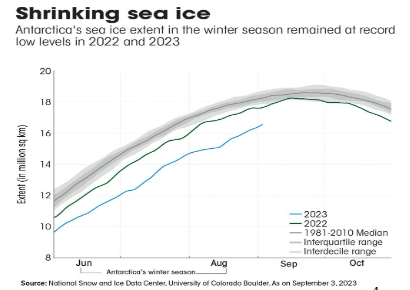
Shrinking sea ice:
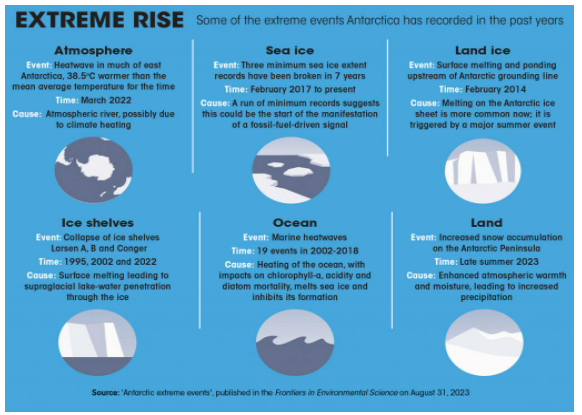
Challenges with melting of sea ice:
Reasons behind extreme events:
|
Meridional overturning circulation:
|
|
Expansion of Ozone hole in Antarctica: The ozone hole formation over Antarctica starts at the end of September, reaches its peak size in October, and then gradually closes in November or December.
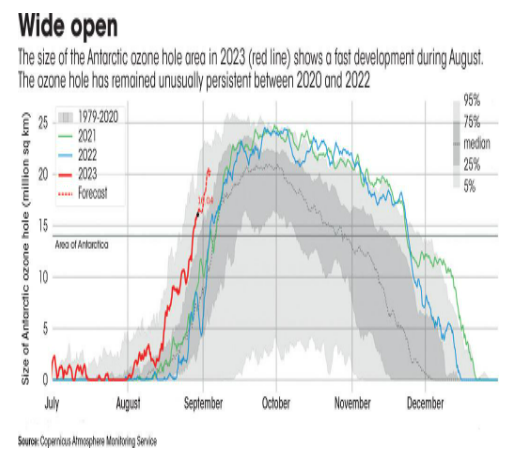
Reason behind early eruption of Antarctic ozone hole:
|
Success of Montreal Protocol in recovery of ozone hole:
The Montreal Protocol
Kigali Amendment-Phase down of HFCs :
|
Way Forward:
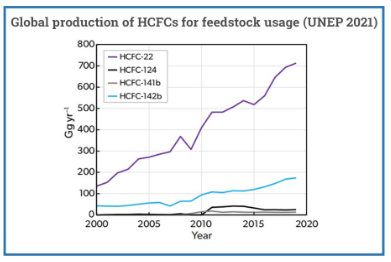
News Source: DTE
Context:
Electricity consumption is Important indicator of Economic growth, to some extent enhancing the production of capital, labor and technology; economic growth can in turn increase the demand for electricity consumption, which indicates the inherent relationship between them.
More on News:
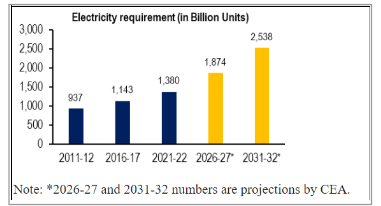
Power Sector at a Glance ALL INDIA:
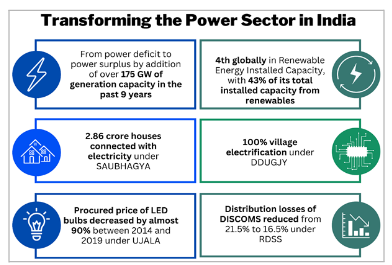
Challenges In Power Sector:
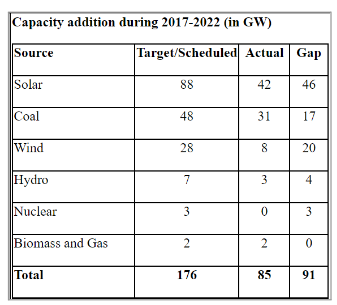 India missed capacity addition targets for almost all major energy sources for the 2017-22 period (up to March 2022).
India missed capacity addition targets for almost all major energy sources for the 2017-22 period (up to March 2022). 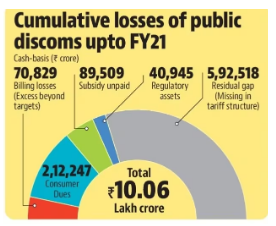 Distribution: Discoms are the weakest link in India’s Power sector.
Distribution: Discoms are the weakest link in India’s Power sector.
Way forward:
| Government Initiatives to Reform Power Sector
The Pradhan Mantri Sahaj Bijli Har Ghar Yojana (SAUBHAGYA)
Deen Dayal Upadhyaya Gram Jyoti Yojana (DDUGJU):
The Unnat Jyoti by Affordable LEDs for All (UJALA) scheme:
Restructured Distribution Sector Scheme (RDSS):
UDAY Scheme:
|
Case Study: Gujrat Model:
|
Source: Business Standard
Context:
During the G77 meeting in Havana (Cuba), India has suggested that the Group of 77 or G77 that comprises the Global South should not get distracted by bilateral issues.
India’s Recommendations for the Group of 77 (G77):
About G77:
|
Context:
Over the past three decades, India’s annual Basmati rice exports have surged from 0.3-0.35 million tonnes valued at $200-250 million to 4.5-4.6 million tonnes worth $4.7-4.8 billion.
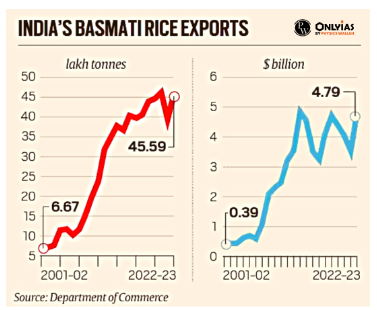
Three Basmati Rice Revolutions in India:
| The First Revolution: Pusa Basmati-1 (PB-1) |
|
| The Second Revolution: Pusa Basmati-1121 (PB-1121) |
|
| The Third Basmati Revolution: Pusa Basmati-1509 (PB-1509) |
|
What are the benefits of the Basmati crop?
About Basmati Rice:
|
News Source: The Indian Express
Context:
In commemoration of ‘Vishwakarma Jayanti’, the Prime Minister launched the ‘PM Vishwakarma Yojana’ scheme for the benefit of traditional artisans.
More on News about Vishwakarma Yojana:
About PM Vishwakarma Yojana:
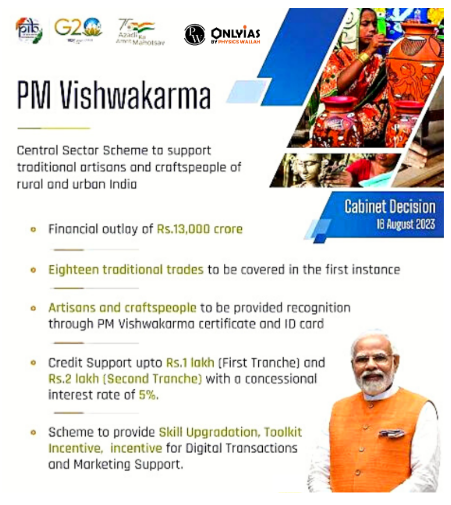 Duration: Five years (FY 2023-24 to FY 2027-28)
Duration: Five years (FY 2023-24 to FY 2027-28)About ‘Yashobhoomi Convention Centre’:
|
News Source: The Indian Express
Context: Rabindranath Tagore’s Santiniketan, the university town in West Bengal’s Birbhum district, has been inscribed on UNESCO’s World Heritage List.
More on News about Shantiniketan:

About Santiniketan:
About UNESCO’s World Heritage List:
|
News Source: The Indian Express
SC Verdict on Newsclick Shows Adherence to Due Pro...
Stay Invested: On Chabahar and India-Iran Relation...
Credit Rating Agencies, Impact on India’s De...
Catapulting Indian Biopharma Industry
Globalisation Under Threat, US Import Tariffs Have...
Global Report on Hypertension, Global Insights and...
<div class="new-fform">
</div>
